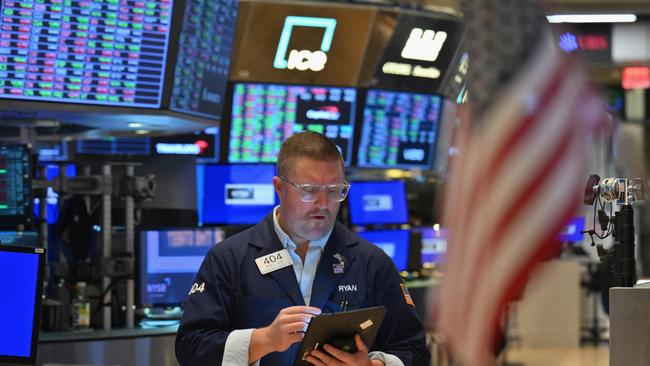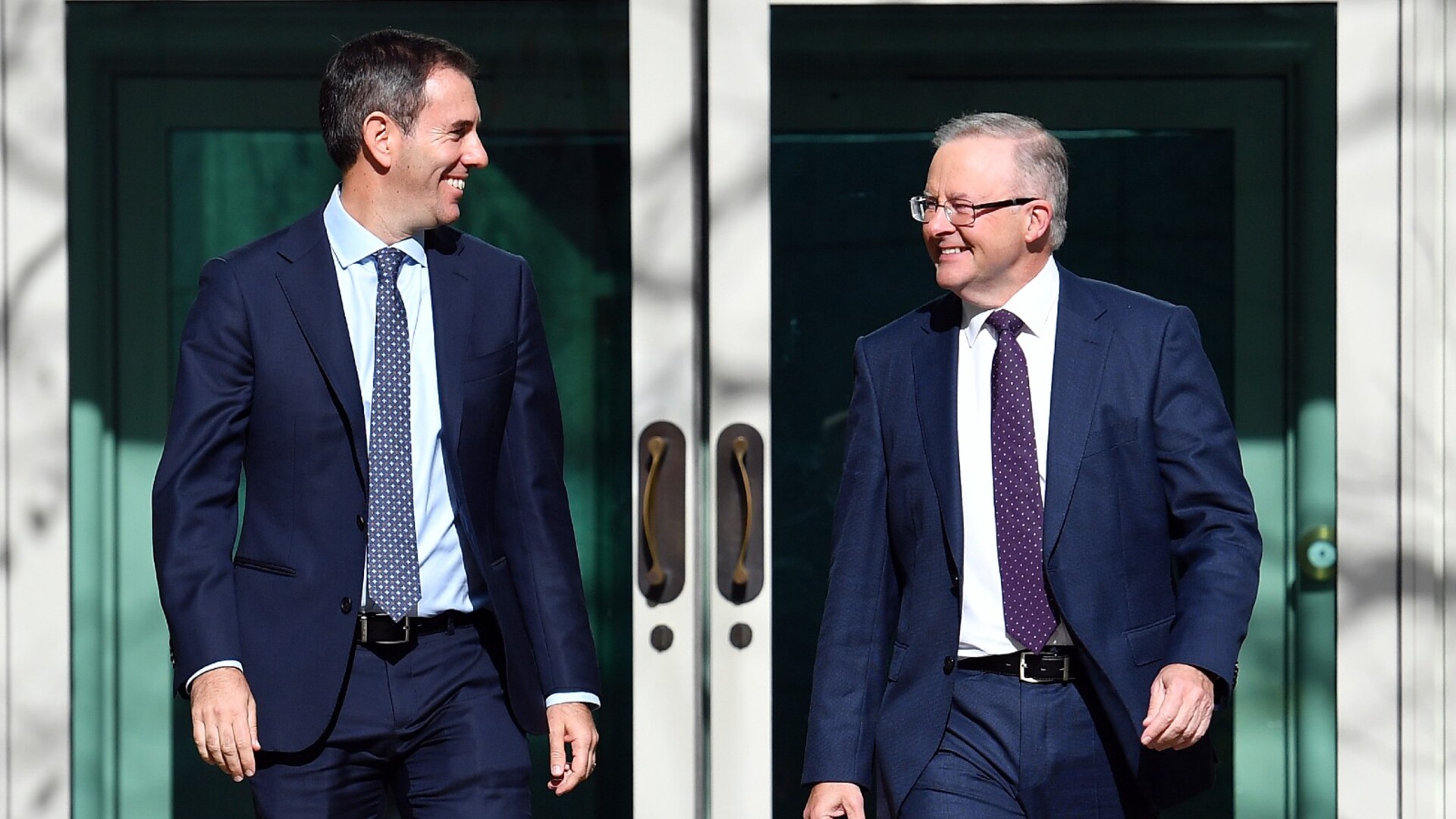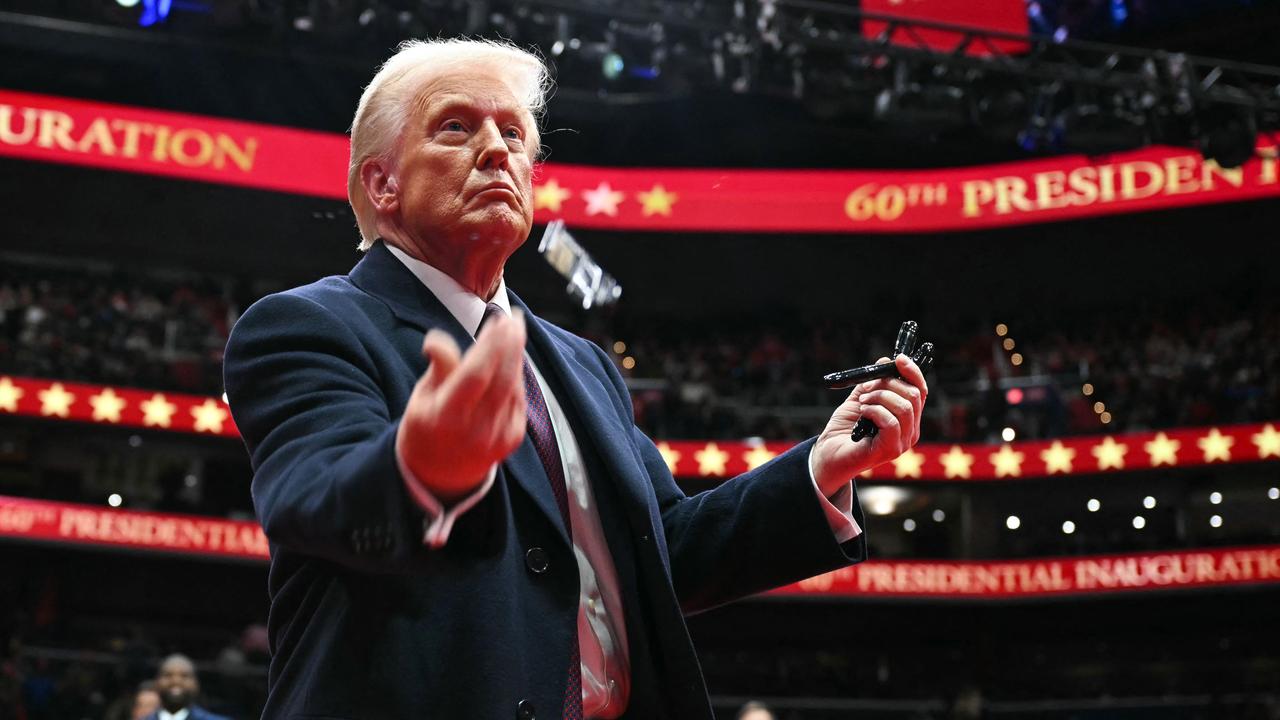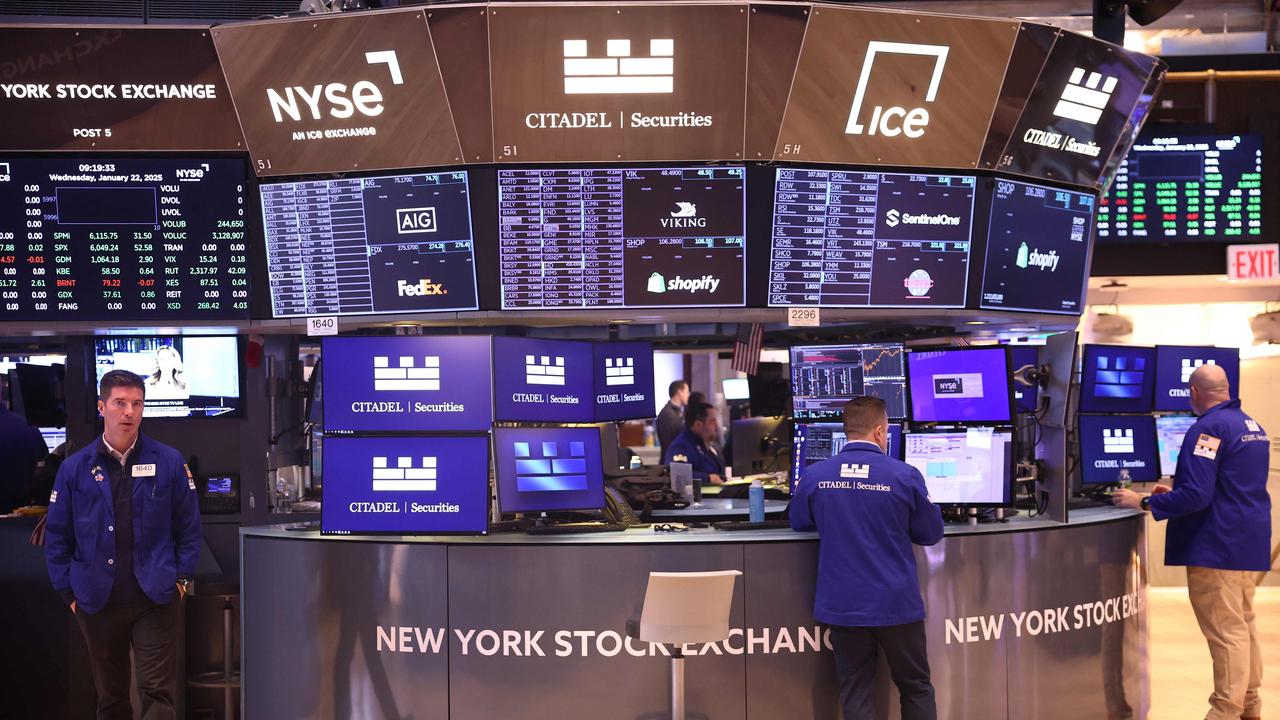VanEck says equity market to be driven by fundamentals in 2025 amid economic woes
VanEck APAC boss Arian Neiron says the RBA won’t be able to cut rates for months, warning investors need a new approach in 2025.

VanEck Asia Pacific chief executive Arian Neiron has urged investors to take a more selective approach in 2025 by focusing on fundamentals over momentum-driven stocks as he warns Australia’s economy is on shaky territory.
The past year has been driven by a soaring US market, pulling valuations higher off the back of cooling inflation and an easing in interest rates by the US Federal Reserve, and in turn helped Australian super funds generate the strongest returns for members since 2021.
Mr Neiron said 2025 would shift from a momentum-driven market growth powered by the US to the fundamentals of a company.
“It’s going to be the year of having a watchful eye and being selective and looking at fundamentals, because momentum always hits an inflection point,” he said. “It’s about being selective, considering fundamentals, and long-term expectations of a return profile.
“What you pay matters more than what you buy, which is the margin of safety. Valuations need to be a consideration. They’re not going to be the leading driver of returns on their own, but should be considered.”
Mr Neiron said he was concerned about the weak Australian economy, warning that the Reserve Bank would be unable to cut interest rates this quarter due sticky inflation, low unemployment being driven by government and consumer spending remaining strong.
“We are concerned about the Australian economy, particularly seeing GDP per capita, we’ve been in a recession for some time,” he said. “But headline GDP is nothing to be optimistic about either.
“The Christmas and Black Friday sales were strong as well and mortgage arrears have not picked up enough to make that a concern either and warrant a rate cut.”

Annual headline inflation rose by 2.3 per cent in the 12 months to November, the Australian Bureau of Statistics said on Wednesday, up from 2.1 per cent in October and above the 2.2 per cent rise expected by economists.
That figure, however, was outpaced by the RBA’s preferred underlying price gauge — trimmed mean inflation, which strips out more volatile price changes — which rose 3.2 per cent in the year to November and remains above the central banks 2 to 3 per cent target band.
Mr Neiron said economic concern underpinned the need to be selective about what companies to invest in, including looking away from the top end of town.
“Large players such as CBA have been overbought and we know small caps are littered with junk stocks that have no earnings,” he said. “It is about looking at companies that offer growth at a reasonable price. It is a gap approach because when you do buy those smaller companies you want to buy a strong growth story. Valuation premium from large caps to small caps that could be stock leads is significant.”

Mr Neiron said the RBA rate cuts could make small-cap stocks more attractive instead of larger caps which were more driven by offshore events.
The ASX 200 index ended the 2024 calendar year with a 7.5 per cent gain, beating average annual gains of 3.8 per cent in the past decade and 5.6 per cent in the past 20 years.
Returns were, however, lower than on Wall Street, with the tech-heavy Nasdaq and the S&P 500 rallying by more than 20 per cent, while the Dow Jones Industrial Average added 14 per cent.
The shift from a momentum-driven market growth led by the US in the 2024 to one focused on fundamentals meant Wall Street was unlikely to be the central growth engine this year and may not offer the same level of opportunities as other regions or asset classes in 2025.
Mr Neiron added that US markets also faced a tighter risk-return trade-off, with narrow credit spreads and yields that offer limited room for error.
“US markets are exceedingly buoyant,” he said.
“Equities are roaring, complacency has crept into bonds, and credit spreads aren’t reflecting current market risks.
“This exuberance is precisely why investors are wise to tread carefully. There is considerable uncertainty over the direction global markets will take following the imminent Trump presidency, and there are several other factors that could cause volatility, such as escalating US debt, heightened geopolitical risk and rising trade tensions.”
VanEck also indicated that fiscal support from China may provide additional opportunities for Australian assets, especially Real Estate Investment Trusts and long-term bonds. Despite a prolonged economic downturn in China, there is cautious optimism for a potential recovery, which could benefit Australian exports.





